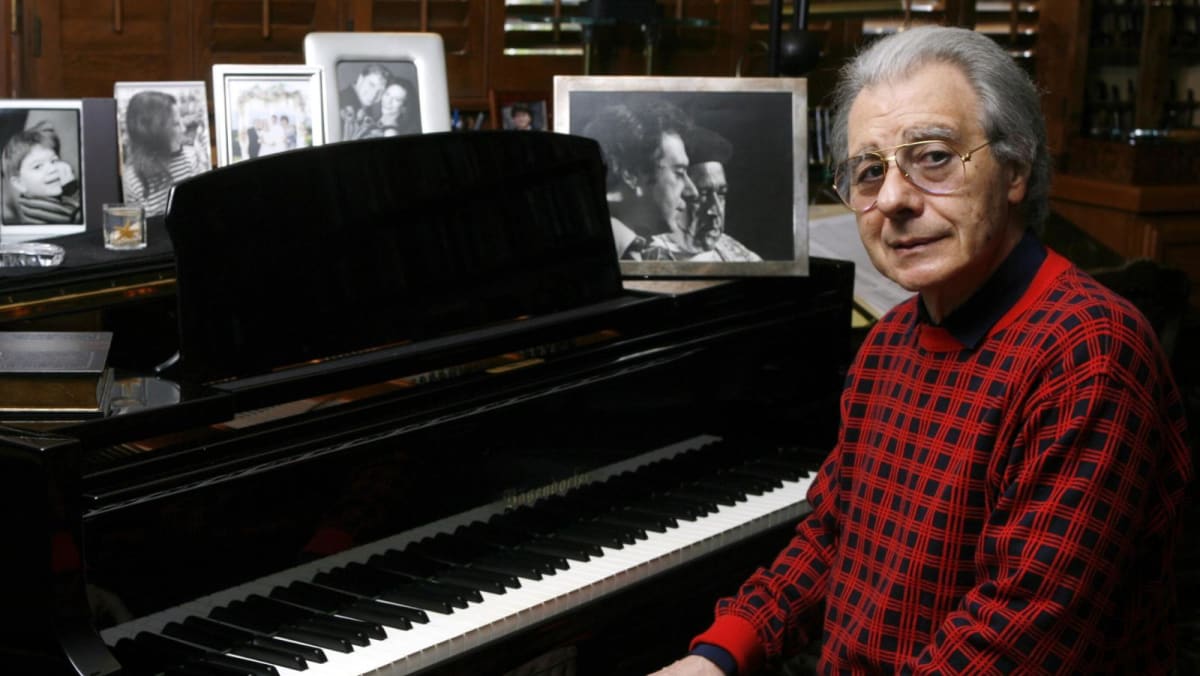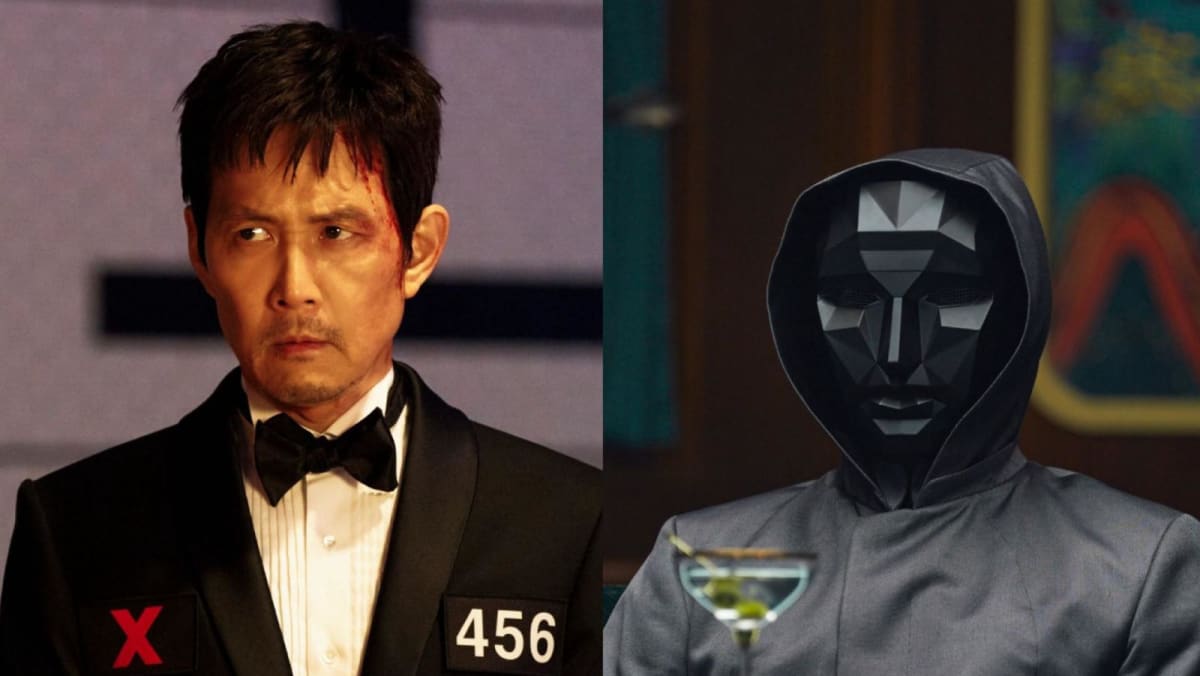Along with the image, the Big Bang frontman, whose real name is Kwon Ji-yong, created the music beamed into space using Azure OpenAI’s Sora, an advanced AI service provided by Microsoft’s Azure platform, which included a sound from the Emile Bell, an over 1,000-year-old bronze bell from Korea and G-Dragon’s hit Home Sweet Home.
The audio was transmitted via a satellite antenna on the Nuri rocket, while the iris image was projection-mapped onto a 13-metre space antenna.
“The iris is a symbol reflecting inner emotions and identity, often referred to as the mirror of the soul. Through this work, I aimed to depict the infinite universe seen through the inner self of humanity by following G-Dragon’s perspective,” said Lee about the artwork.
According to his agency, who described the project as a groundbreaking milestone for the future of entertainment tech, G-Dragon’s project is evaluated as “an artistic experiment that attempts to permanently preserve human culture in space and communicate with other civilisations”.
Since last year, Galaxy Corporation has established a collaborative partnership with KAIST, where the K-pop star also serves as a visiting professor at its Department of Mechanical Engineering, delivering lectures on leadership.
G-Dragon rose to stardom as the leader of the K-pop boy band Big Bang. In February, he released his first full-length album in more than 11 years.
In October, he will also be performing at the Singapore F1 Grand Prix 2025.













